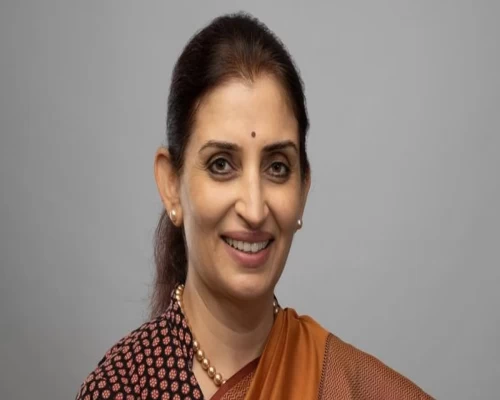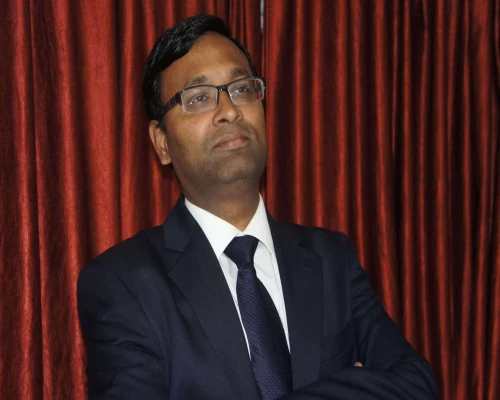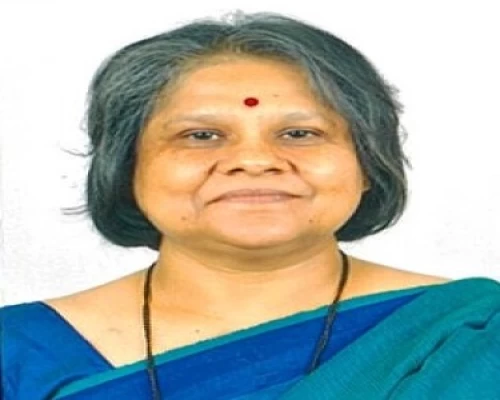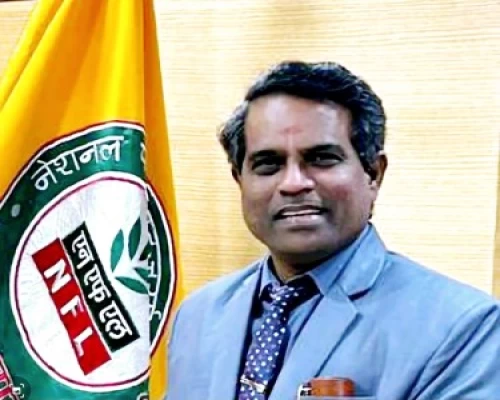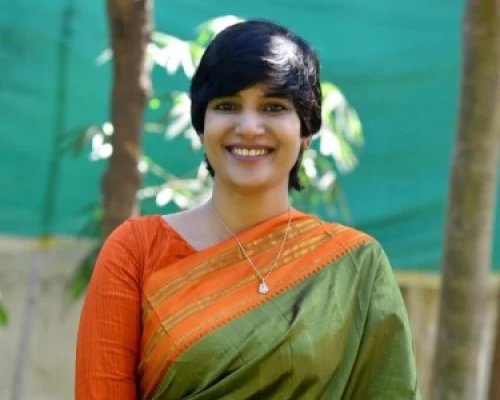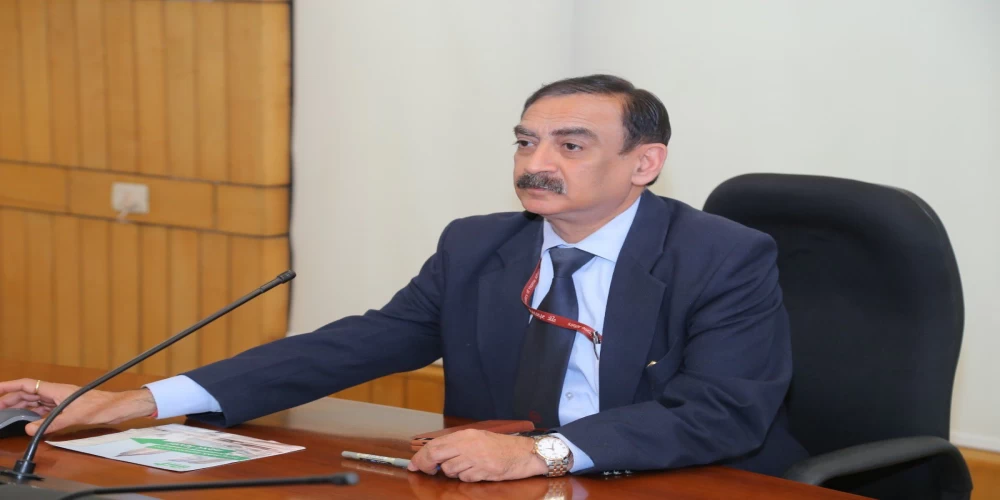
The Delhi Metro Rail Corporation (DMRC) is a key player in improving urban transport in India. Since its establishment, DMRC has provided an efficient, safe, and reliable metro system, serving millions of commuters in Delhi and the surrounding areas. The corporation has contributed to reducing traffic congestion, promoting sustainability, and improving daily travel for people. Today, DMRC is an important part of India’s urban infrastructure.
In this interview with Bureaucrats India, Dr Vikas Kumar, Managing Director of DMRC, shares insights on the organisation's progress, challenges, and the vision driving its continued success.
DMRC has succeeded in creating one of the world’s most efficient rapid transit networks operating as the veins of New Delhi. Can you give us an overview on what this means for public transport in Delhi and NCR?
The Delhi Metro has efficiently transformed how people commute in the National Capital Region (NCR). By offering a reliable, safe, and efficient mode of transportation, DMRC has helped reduce traffic congestion and pollution, while providing an affordable travel option for millions daily. Our network is designed to effortlessly connect with buses, railways, and other modes of public transport, creating a single transit solution, thereby enhancing ease of transit. This integration boosts the efficiency of the entire public transport ecosystem, encouraging more people to opt for sustainable travel like Delhi Metro. Compared to other modes, DMRC is punctual & maintains high safety standards. Security is also a priority over here with CCTV surveillance & presence of security personnel; it gives a sense of safety to passengers, especially women commuters. Delhi Metro’s integration with urban development plan aligns with India’s vision of smart cities emphasizing sustainable infrastructure & mobility. This has given a boost to economy as substantial commercial & residential development has taken place near & around metro stations.
Finally, for daily commuters, this has reduced the stress of travel and travel time both, and as a result people can contribute more time at home & work, leading to improved quality of life. Thus, DMRC’s success in building one of the world’s most efficient rapid transit systems has transformed public transport in Delhi & NCR, shaping it into a modern, interconnected urban area and setting a model for other cities in India.
Do you think New Delhi has succeeded in creating an efficient multi-modal public transport network, after the introduction and subsequent success of Delhi Metro?
Yes, the success of the Delhi Metro has played a pivotal role in promoting a multi-modal transport system in Delhi. Today Delhi Metro forms the back bone of Delhi’s public transport connecting key areas & reducing dependency on cars & buses for long distance commuting with & beyond Delhi. Now, commuters can easily switch between the metro, buses, and last-mile connectivity options like e-rickshaws and taxis, making travel across the city smoother. This system minimizes travel time, reduces the stress of commuting, and ultimately increases public transport usage. Introduction of National Common Mobility Card provides seamless commute to passengers among various modes. As and when NCMC proliferates to other modes, the transit system would become truly seamless. However, there is always room for improvement in terms of coordination, accessibility, and better technology.
With continued investment and improvement, I am certain Delhi will surely have a fully integrated seamless & multimodal network that meets the diverse needs of its growing population.
What would be the commercial impact of the newest Phase 4 expansion program on DMRC, as an organisation? What’s the expected increase in number of passengers estimated to be?
Phase 4 expansion will significantly enhance our operational capacity, bringing more passengers onto our network. We expect significant increase of daily commuters once these new corridors are operational. This will not only strengthen DMRC’s financial standing but also promote further integration of public transport services across nooks & corners of the city. The commercial impact includes potential growth in revenue from passenger fares as well as non-fare sources such as real estate, retail, and advertising.
As the Managing Director of one of the most efficient and well-placed rapid transit companies in the world, what’s your take on the development and backlogs on the transportation systems of the entire country, including the Railways?
As the Managing Director of DMRC, I recognise the significant strides India has made in enhancing the transportation infrastructure especially in Urban areas e.g. DMRC has established itself a model for other cities to follow. However, challenges still persist across the nation’s transportation networks including the Railways, due to infrastructural gaps like outdated technology, safety & capacity concerns. Regional disparities are also there and many cities lack seamless integration between various modes. At DMRC, we’re consistently innovating to improve efficiency and connectivity in metro projects. We share our experience, particularly in large-scale urban transport, with other cities and sectors to help address delays and improve safety standards. So I would say that following action is required for further improvement viz accelerating railway modernization, developing seamless multimodal integration, investing in infrastructure & indigenisation and lastly adopting sustainable practices.
While India’s transportations systems have achieved notable progress, concerted efforts are required to address the challenges and build a cohesive, efficient & sustainable network that meets the nation’s evolving needs.
How does DMRC plan to boost up its monetization, not keeping charges limited to passengers’ payments only to cover up its construction and operational charges?
DMRC projects are primarily funded through loans from Japan International Cooperation Agency (JICA), and while DMRC consistently achieves operational profitability, it is crucial to address the repayment of these loans alongside regular operational and maintenance expenditures.
To ensure financial sustainability, DMRC is actively exploring multiple revenue streams beyond passenger fares, which include advertising, property development, and collaborations on projects both within and outside Delhi. We are diversifying our revenue systems while ensuring that passenger fares remain affordable. This will help us strike a balance between covering costs and delivering high-quality metro service.
Key initiatives taken by DMRC in this direction are property development & leasing, advertising in stations & trains, naming rights, train branding, Telecommunication & Infrastructure leasing, retail & food outlets, automatic vending machines, consultancy & external projects on turnkey basis & renewable energy initiatives.
Thus, DMRC aims to achieve financial sustainability, while reducing reliance on passenger fares for the same, to ensure long term viability of its operations.
Driverless automated trains running on the Magenta line are a new breakthrough. How big is this achievement in the transport infrastructure of India and what are the engineering risks pertaining to it that DMRC struggled through?
The introduction of driverless trains on the Magenta Line is definitely a technological milestone for India. It showcases the ability to adopt cutting-edge technologies in public transport. The upcoming phase-4 will also operate driverless trains. By this feat India has come in the league of select group of nations worldwide capable of running autonomous trains.
The biggest challenge was ensuring that the system is absolutely reliable and safe for passengers. We had to invest in advanced signaling systems and training programs for our technical teams. We did rigorous testing to address technical glitches & software anomalies. Developing comprehensive safety protocols to handle emergencies without human intervention posed a significant challenge requiring,designing robust fail-safe mechanisms. Despite these challenges, DMRC’s successful deployment of driverless trains on Magenta Line is a testimony to our commitment to innovation & excellence in Urban Transportation.
What is the expansion program of DMRC going to look like within the country as well as beyond the borders? What are some key mandates that DMRC wants implemented across all developing metro lines in the country, for technical and precautionary purposes?
DMRC is currently expanding within Delhi under Phase 4, while also providing consultancy for metro projects in cities like Patna, Bhubaneswar, Mumbai, etc. We are sharing our expertise beyond India as well, with the implementation & commissioning of metro systems in Dhaka. Key technical mandates for new projects include integrating advanced safety systems with safety protocols for emergency preparedness, sustainable design &standardization, universal design for accessibility & inclusivity and efficient operations to ensure that the highest standards are maintained.
By adhering to these mandates DMRC aims to promote safe, efficient & sustainable metro systems.
Can a rapid transit rail infrastructure be constructed sometime in the future in older cities that are denser in terms of population as well? What would be the future of transportation for these cities?
Yes, constructing rapid transit rail infrastructure in older, densely populated cities is not only possible but is a necessity for addressing urban challenges.
Constructing rapid transit systems in densely populated, older cities presents unique challenges and will require innovative planning, considering both heritage preservation and modern infrastructure needs. DMRC has already shown the potential of executing such projects with our work in congested areas like Old Delhi (Chandni Chowk, Sadar Bazar & Chawri Bazar). The future of transportation in these cities lies in a combination of underground metro systems, elevated corridors, and smart mobility solutions. They are likely to have metros, light rail, buses & other sustainable modes of transport like EV, NMT etc. integrated with smart urban planning. The shift towards modernized high capacity transit systems is essential not only for tackling current mobility issues but also for future proofing the cities to accommodate growing urban population & evolving economic dynamics & development.
You have worked with the Indian Railways for a significant amount of time. Are there any experiences that you have imparted as lessons about the common people and safe transport for your work in DMRC?
My time with Indian Railways taught me the importance of safety, operational efficiency, and serving the needs of diverse passengers enhancing passenger experience, by maintaining high standards of cleanliness, Hygiene, Punctuality & Reliability.
Handling large crowds in Indian Railways especially in various events like Mahakumbh Mela etc, has provided valuable insights which we employ in DMRC also like regulating entry during peak hours &guide passengers by proper signages to avoid conflicting movements. These lessons have shaped my functioning in DMRC, where safety remains paramount. We prioritize customer-centric services by understanding their needs and ensure that public transport is accessible and reliable for all, much like the values instilled during my Railway years. The experiences gained from working in Indian Railways have been invaluable learning and aid for me in shaping DMRC’s approach to providing safe, punctual, reliable & efficient public transportation.
Being in the circle of leadership and bringing forward the legacy of the Metro Man of India; Dr E Sreedharan, what are some of the extremely important things being on this position has taught you?
Taking forward Dr. Sreedharan’s legacy has been both an honor and a responsibility. His focus on timely execution, cost-efficiency, and not compromising with standards of safety continues to inspire us at DMRC. One of the most valuable lessons I’ve learned is the importance of staying grounded while working on complex, large-scale projects. Importance of Team work & need to empower and motivate them, Residence & problem solving under adverse circumstances, prioritizing public service & social impact, innovation, visionary planning with sustainability & future readiness. Being in this position has taught me the importance of ethical leadership, visionary planning & public service, which is the very essence of Vedanta. This approach continues to guide DMRC’s journey, shaping not only, how we operate but also how we serve & inspire communities that rely on us. The commitment to upholding this responsibility shapes every decision with the ultimate aim of ensuring, that DMRC remains a benchmark of efficiency, safety, transparency & service for years to come.
Kindly give a message for readers of Bureaucrats India.
To the readers of Bureaucrats India, I would say that public service is a continuous journey. Our work at DMRC is evident to what can be achieved with clear vision, dedication, and commitment to serving the public. I encourage you all to adopt a proactive approach in whatever field you serve, ensuring that the impact of your work brings about positive change for the people of India.
I would thank you all for your dedication to driving a change and your commitment for a better future of the mankind & world as a whole.
Jai Hind!


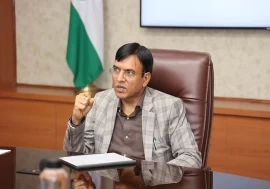
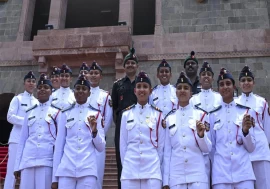
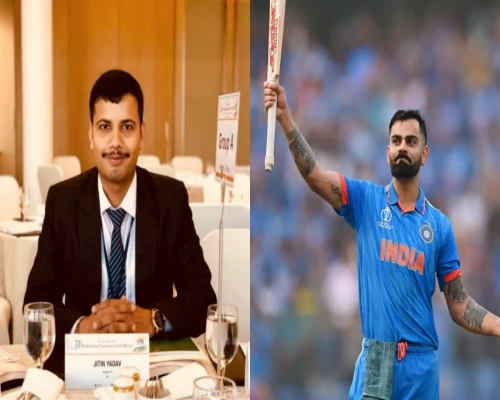
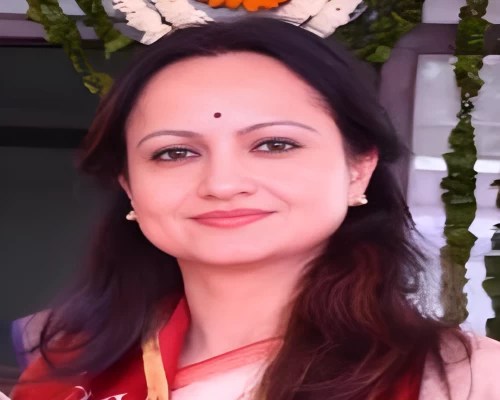
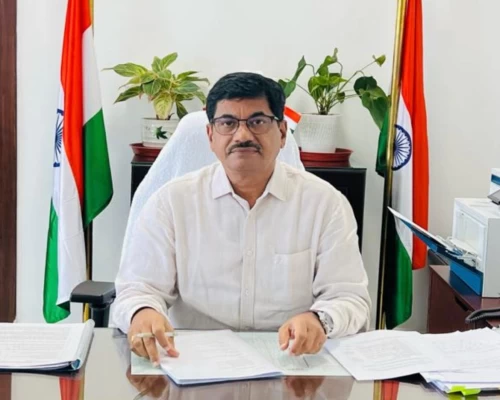
_500_x_400.webp)
